Once Upon a Time … in Hollywood has just screened at Cannes and during the press conference a journalist asks about the few lines that Margot Robbie as Sharon Tate has in the film. Tarantino cuts it short with a ‘I reject your hypothesis’. Skip forward six months and Martin Scorsese’s The Irishman arrives to rave reviews, but there’s some perplexity about Anna Paquin’s role as the main character’s daughter who says six words in a film that is three and a half hours long. Is this a sign of the continuing sexism of Hollywood? The marginalisation of female voices that goes hand in hand with the objectification of women?

There are two points to be made. The first is in the context of their careers. Both filmmakers have been intensely interested in the dissection of masculinity – let’s not bother with the obligatory toxic prefix which has been rendered almost meaningless via its ubiquity – throughout their respective filmographies. From the gangsters of Scorsese to the criminals of Tarantino, men, their violence and posturing has been both glamourized and deconstructed. This has meant in some cases that the women of those films have been sidelined.

In Reservoir Dogs, the only woman who gets any screen time shoots Tim Roth and then is herself immediately shot. But in Goodfellas, Lorraine Bracco is formidable as Henry Hill’s girlfriend and then wife. Likewise in Casino, Sharon Stone reinvents the femme fatale in the lurid glow of Las Vegas. Following his first film, Tarantino has made women the center of a number of films from Jackie Brown to the Kill Bill movies, his much maligned Deathproof is a great female revenge flick. Likewise, Scorsese focused on his female protagonists from his first movie Boxcar Bertha to Alice Doesn’t Live Here Anymore, New York, New York and The Age of Innocence.

So what about these particular films? Let’s take them one at a time. Once Upon a Time … in Hollywood focuses on two friends – Rick Dalton (Leonardo diCaprio) and Cliff Booth (Brad Pitt) – and for the first couple of hours of its leisurely running time we are preoccupied with Rick’s slowly gaining realisation that he is sliding down the wrong side of the Hollywood Hills. Literally above him is Sharon Tate with her funky new husband, her carefree lifestyle and a burgeoning career. But as promising as her career might be she’s nowhere near as famous as Rick currently is.
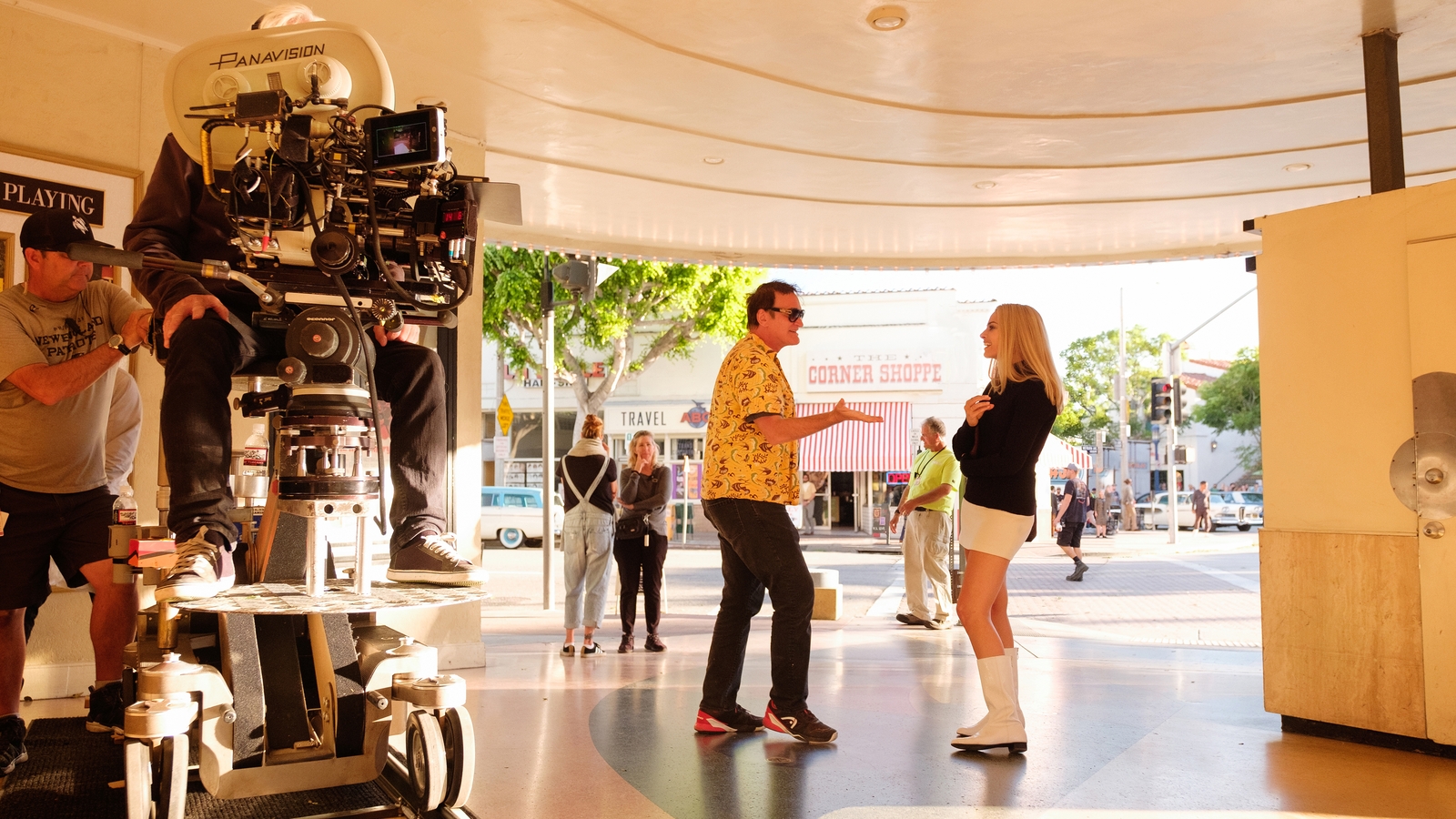
She isn’t even recognised by the cinema manager of the theater where her new film is showing. Her presence is emblematic of promise, and our awareness of history brings a tragic weight to that story. She enjoys life non-verbally, dancing, watching movies etc. Rick on the other hand talks up a storm because he’s trying to work things out. So could we have more of her story? Of course, but that would be true of any character in any film and personally I think the less we have the more we feel for her.

As with Tarantino’s movie, The Irishman is about a love affair between men. But instead of Rick and Cliff, here we have a love triangle between Frank (Robert de Niro) and Jimmy (Al Pacino) and Russell (Joe Pesci). Weirdly, and it is weird, part of this relationship of shifting loyalties and betrayal will play out via the passive and silent presence of Peggy, Frank’s daughter. Peggy (Lucy Gallina and Anna Paquin) is a witness to Frank’s violence and as such is alienated from her father, who even when he expresses his love does it by breaking a man’s hand who shoved Peggy, an act he forces her to witness.
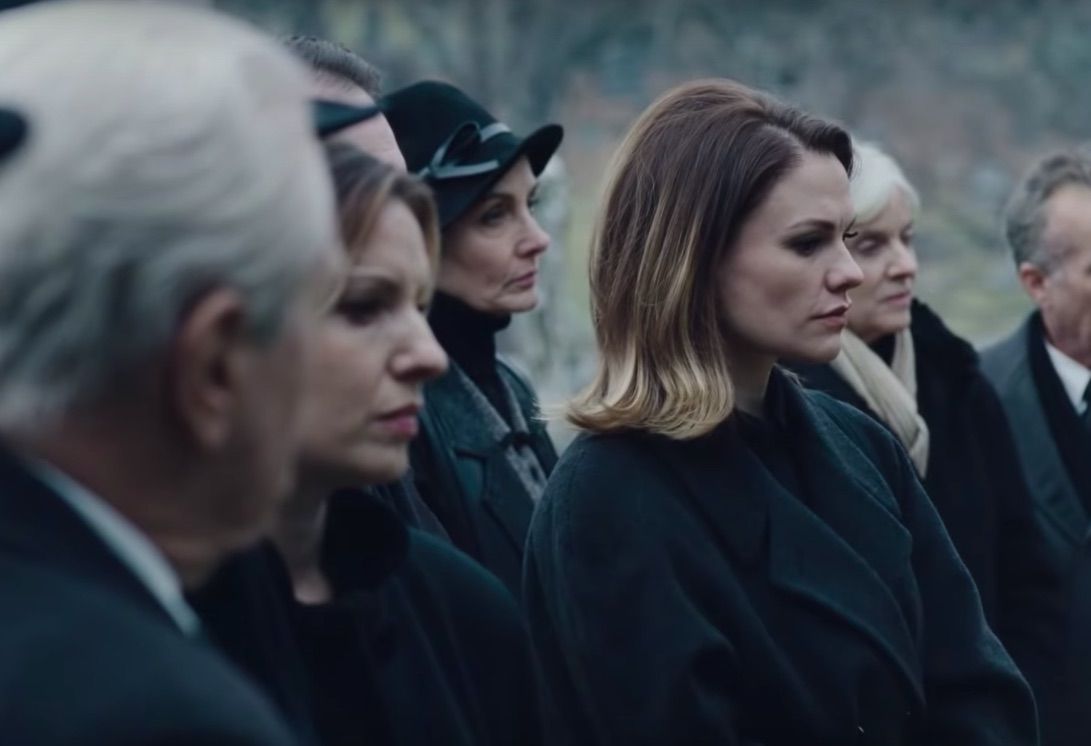
She also senses a deep wrongness in Russell, who himself childless, attempts to woo her with expensive presents and treats, but who shes resists. There’s a deep awkwardness in her father trying to encourage her to be affectionate towards Russell. In contrast, she is drawn to Jimmy, who despite his corruption, is a more avuncular and human character, with his love of ice cream. The words she says and the words she doesn’t say are full of meaning and indeed encapsulate the moral crux of the whole film.
There is a valid argument about the invisibility and the silencing of women on our screens and despite moves in the right direction, the battle is far from won. But the application of critical Bechdel tests only leads us so far. Counting minutes of screen time and number of words a character speaks is the kind of statistical analysis that fails to truly comprehend the widescreen ambitions of art. Filmmakers have a certain responsibility to represent their communities, but that responsibility is superseded by the need to tell a story, and the story itself will have a logic of its own, a momentum and power. Story is not even-handed, democratic or even fair, but if it holds to its truth, then hopefully it will have something valuable to teach us.

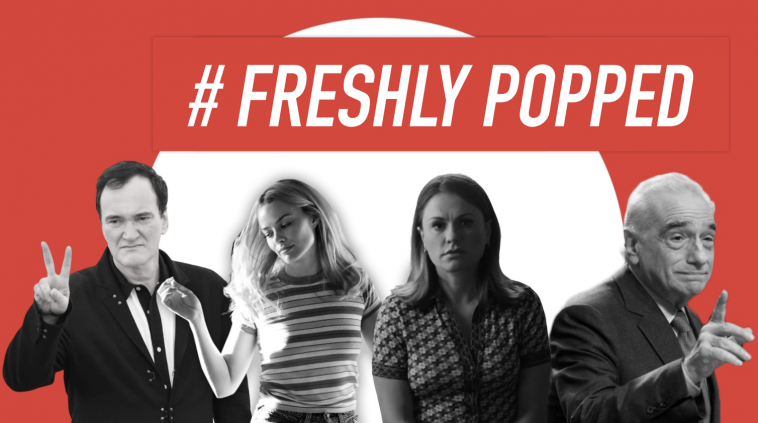
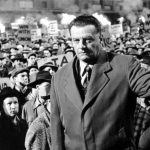

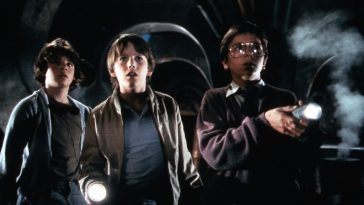
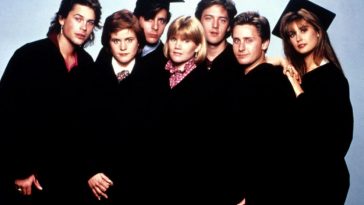
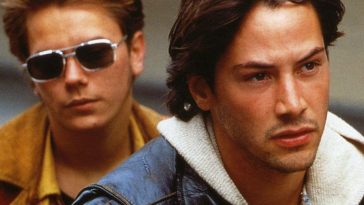

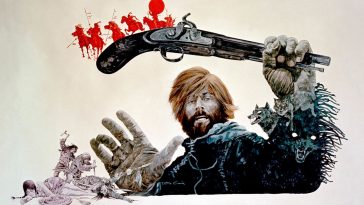










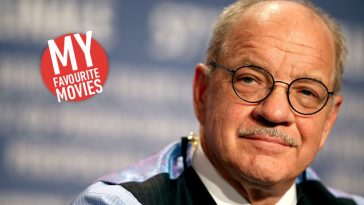
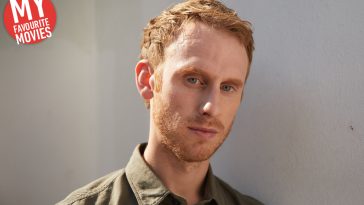

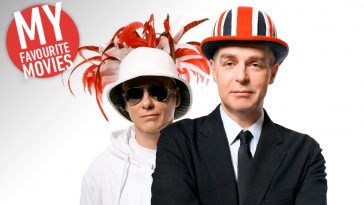


Leave a Comment